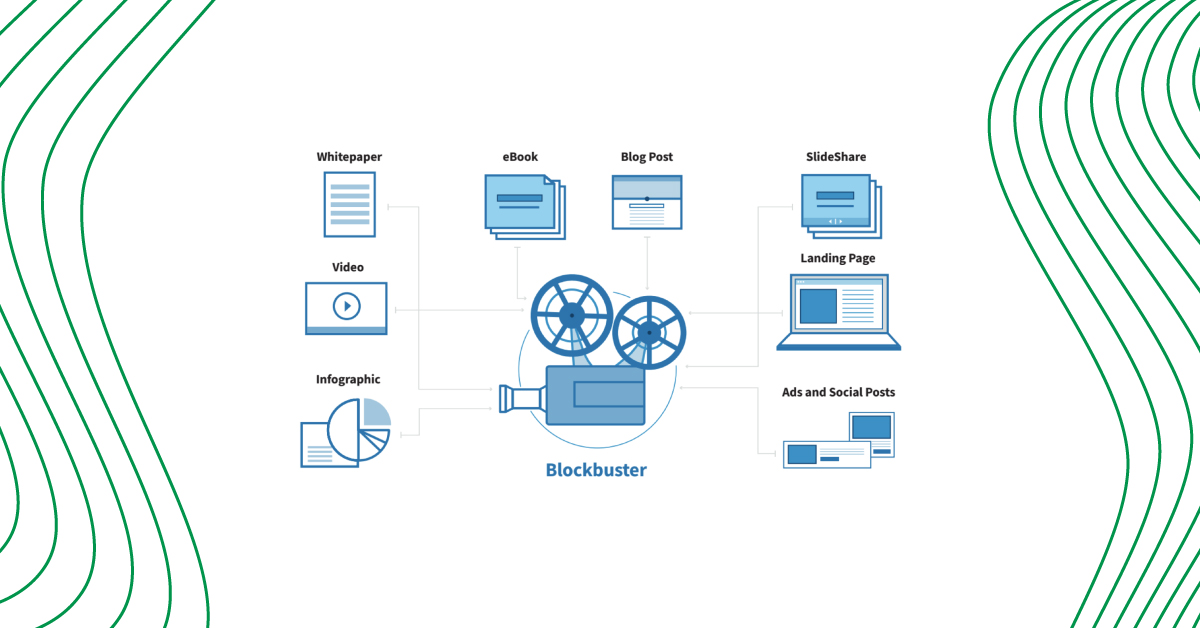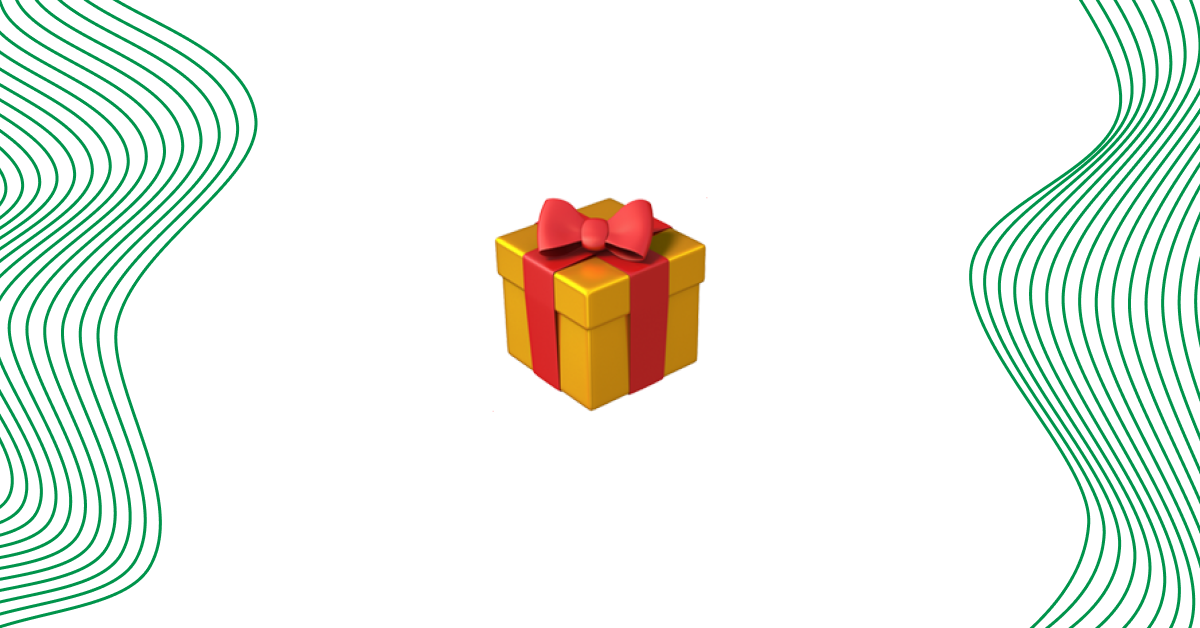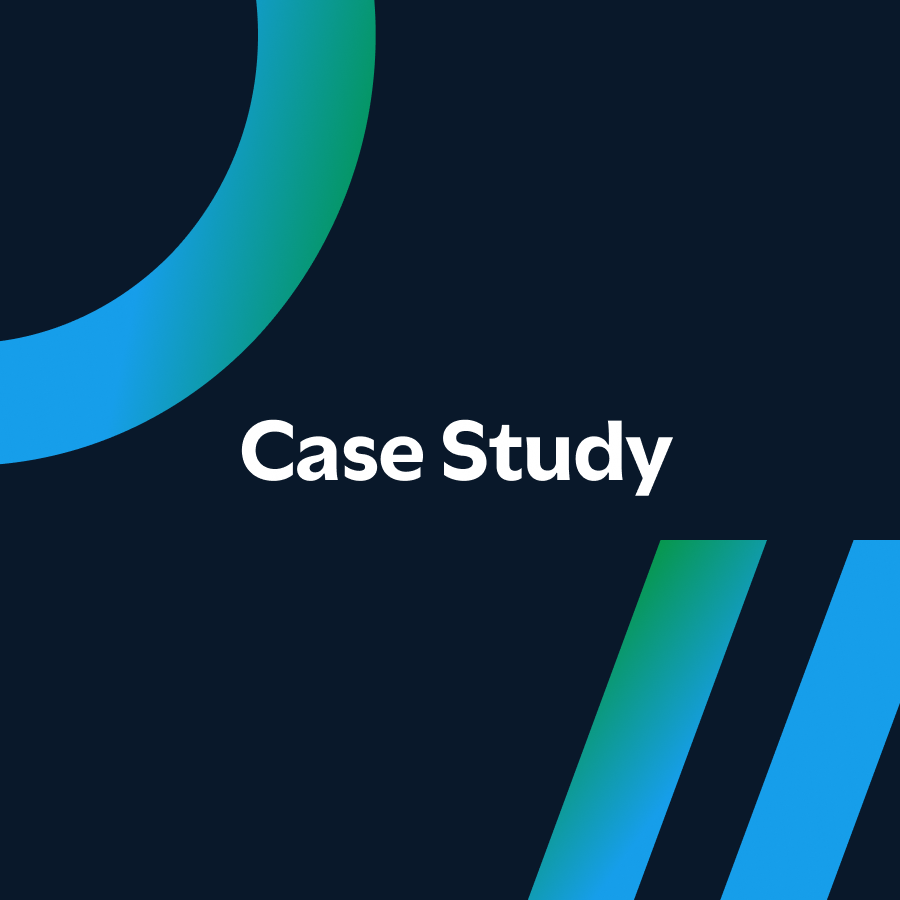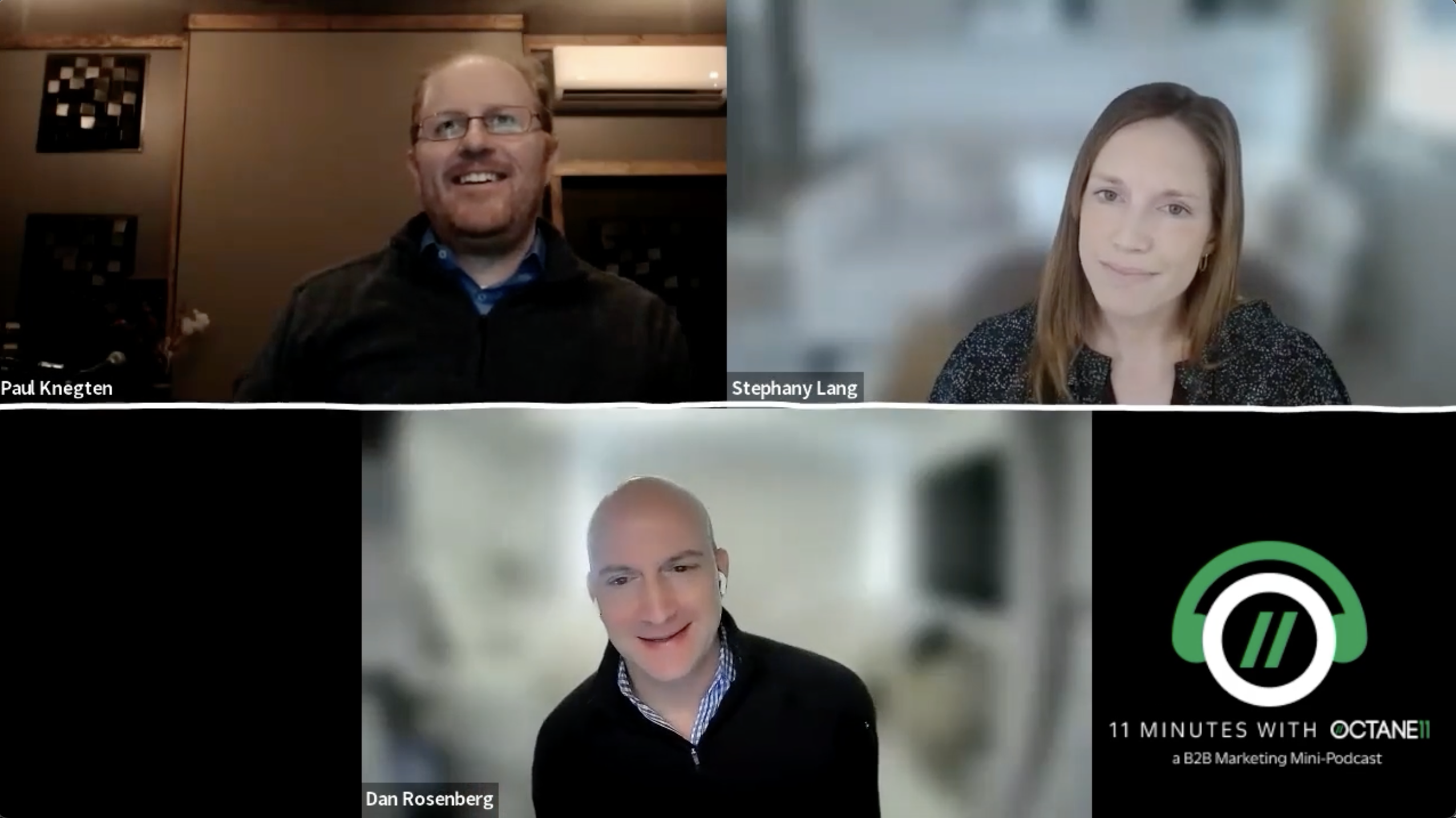One of my favorite B2B marketing thought pieces of all time is the “Think Like Disney And 6 Other Strategies” white paper presented by the LinkedIn B2B Institute team – Jann Schwartz, Peter Weinberg and Jon Lombardo back in 2017. This white paper is full of highly practicable insights — many of which are super aligned with our philosophy here at Octane11.
The white paper illustrates how B2B marketers can be more like Disney by: (a) focusing on recurring “blockbuster” content to create efficiency, (b) distributing that content across as many formats as possible to maximize engagement, and (c) being consistent with branding across all of those touchpoints to drive pattern recognition.
To illustrate the point, they note that in any given year, roughly 75% of Disney film releases come from already existing and proven franchises – Star Wars, Cars, and the Incredibles, etc. This approach is far more efficient and less risky than creating new content every time. Meanwhile, every time Disney releases one of these films, they maximize engagement by rolling out a wide range of “formats” – video games, action figures, lunch boxes, and so on. Finally, for every new title in a franchise, they weave a consistent visual thread throughout with, for example, that unique Star Wars font and a consistent overall aesthetic, which drives brand recall.
“Identifying a blockbuster is marketing gold and once the core piece of content is created, that cost is already sunk, so make sure you maximize leverage across all channels.”
Unfortunately, in the B2B marketing world, we’ve seen only bits and pieces of this strategy at work. There are a few examples of “blockbuster” content like Mary Meeker’s annual Internet Trends report and Gartner’s Magic Quadrant reports, but for the most part, B2B companies are stuck on a treadmill of creating new content from scratch every time. Even more troubling is that most B2B companies produce that content in only a few formats (white paper, blog post) and move on…and when they do employ multiple channels, they often lack consistent branding. By LinkedIn’s estimate, “only around ~5 pecent of clients have touchpoint consistency.”
Why are B2B companies missing the opportunity to drive efficiency, engagement and consistency? It’s hard! But not as hard as you might think. Here are the key steps:
Identify Your Blockbusters: Look back at your last year of content. Which content drove the most engagement…at the lowest cost per engagement…within your target audience(s)?
Integrate Blockbusters into Your Calendar: As you plan for the year, consider re-using one or more of your blockbusters for a year-later “update” or “part two” and build that into your content and event calendar for the year ahead.
“Multiplex” Your Content: When it comes time to roll out your recurring blockbuster, plan to promote your content across as many channels as you can (white paper, blog, webinar, email, social posts, paid ads, chatbot, website banner, audio clips, video ads, direct mail, etc)…with consistent branding across all touchpoints….and tracking built into all channels. Identifying a blockbuster is marketing gold and once the core piece of content is created, that cost is already sunk, so make sure you maximize leverage across all channels.
Analyze and Share Engagement Data: Review all engagement with your content by format and audience to track performance for continuous improvement…AND be sure to deliver “intelligence” to your sales team around which accounts are engaging with specific pieces of content, so they can follow-up quickly with relevant messaging.
That all may sound like a tall order…but simplifying that process is the exact reason why we created Octane11 along with partners like LiveRamp, Bombora, MediaMath, Intersection and Oracle Data Cloud. If any of the steps above sound like science fiction, give us a call (or just chat with our bot below), we’d love to discuss how to work with our platform and partners each step of the way.





